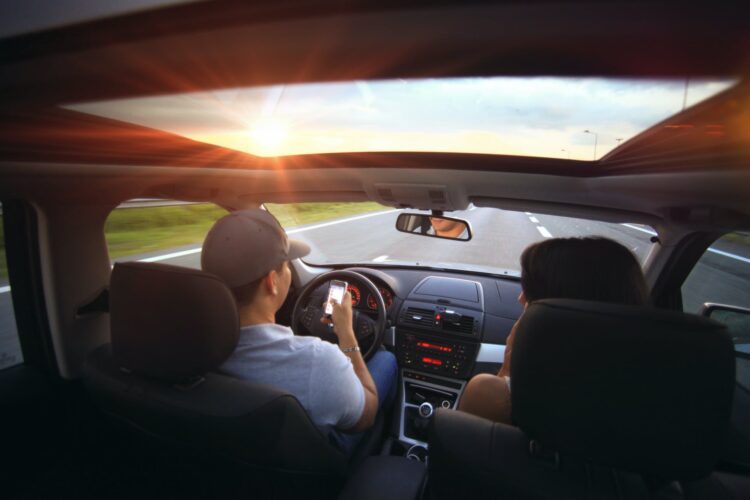Could a Passenger Be Responsible for a Car Accident?
It is common knowledge that the person behind the wheel has the responsibility of driving safely and ensuring that an accident doesn’t occur. Most car accidents are caused by negligent driving, disobeying traffic laws, distracted driving, and drunk driving. This means that the driver is liable for the safety of passengers in the vehicle as well as other road users. But what is the passenger’s responsibility towards others?
How a Passenger Can Cause a Car Accident
Most people don’t think that a passenger can cause a car accident. While it is easy to prove that drunk driving and negligence caused an accident, it can be harder to prove that the passenger caused the accident. Below are things a passenger can do to cause a car accident:
1. Trying to get out of a speeding car
2. Frightening and scaring the driver
3. Grabbing or attempting to grab the steering wheel from the driver
4. Suddenly yelling and shouting at the driver
5. Assaulting another passenger or the driver in the vehicle
6. Spilling something on the driver
According to the law, the driver has an obligation to exercise sensible care when driving to avoid causing an accident or injuring anyone. It’s therefore essential to establish that the passenger directly caused the accident by acting recklessly. The attorneys from The Dickstein Law Firm can tell you how keeping a record of this type of behavior can be helpful in court. If a passenger in your vehicle is acting recklessly, and their actions are distracting you from the road or creating a risky situation, it is your duty to handle the situation carefully.
The first thing you should do is ask them to stop what they are doing. If they don’t, find a safe spot and pull over until you resolve the problem. If you are unable to resolve the issue, ask the person causing chaos to leave your car. In extreme situations, call the police for assistance. Doing this is better than getting into an accident that can cause injuries and property damages.
How to Prove the Car Accident Was a Caused by the Passenger’s Actions
Every car accident is different. To prove that a passenger in your vehicle caused the car crash, you must prove the following things:
1. Duty of care
2. Breach of the duty of care
3. Interconnection
4. Damages
In a car accident caused by a passenger, you can prove that the passenger had a duty of care by showing that every passenger has a responsibility not to cause injuries and damages to other passengers. The breach of this duty is clearly demonstrated when you prove that the passenger acted irrationally and negligently. Breaching duty of care can happen when a passenger spills coffee on the driver or they attack the driver, distracting them from the road and thus leading to an accident.
Damages refer to the consequences of the passenger’s unreasonable actions. This can be proven by showcasing property damages or physical injuries resulting from the accident. To prove interconnection, you must show that the passenger’s actions directly caused the accident and the resulting injuries.
An experienced car accident attorney knows how to gather evidence and establish the interconnection between the passenger’s actions and the accident. Presenting these elements can help you win a case against a passenger who caused a car accident.
Get Assistance From a Car Accident Lawyer
If you are involved in a car accident that was caused by the negligent actions of a passenger, you should consult a car accident attorney. Since these types of accidents are difficult to prove, hiring a lawyer is the best course of action. If you are in need of a car accident lawyer, Anidjar & Levine is able to help your case. Consult a lawyer as soon as possible to file a lawsuit. A lawyer will meticulously examine and investigate the accident and advise you on the best way to go about it.





